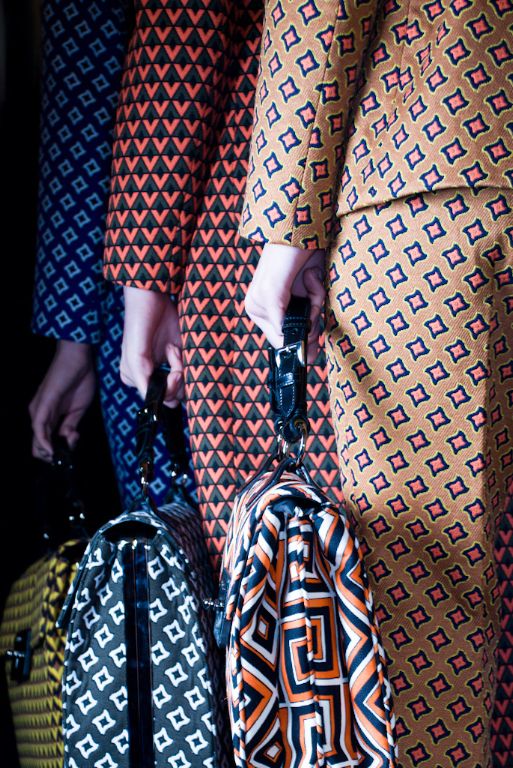By Otu Eunice Ukamaka
Historical Roots: The Gele is a head tie worn primarily by women in Nigeria and West Africa. It emanated from the Yoruba culture, and its origin is hard to trace. Many archival photographs over a century old suggest that Gele has been around much longer than when those pictures were taken (African Arts, 2020). Gele, a powerful form of identity, weaves a sense of belonging within Nigerian communities. For some, the headscarf signifies their unique connection to religion. In church, the headwrap is a requirement, symbolising unity among women. They are symbols of pride, strength, and resilience. Gele = head tie (Yoruba) Ichafụ = head tie (Igbo) Igbo women have worn head ties for hundreds of years. Head ties are not exclusive to one African group. It’s really important when you’re speaking on other people’s culture to do basic due diligence.
Gele tying has its origins in Nigeria, where it evolved as an integral part of traditional attire for special occasions, ceremonies, and celebrations. The history of Gele is intertwined with the rich tapestry of Nigerian culture, representing the diversity and vibrancy of the nation’s various ethnic groups.
Materials and Fabrics: Gele tying involves the use of a variety of fabrics, with the most popular being Ankara, Aso-Oke, and Damask. These fabrics come in vibrant colors and intricate patterns, allowing individuals to express their personal style while adhering to cultural norms. The choice of fabric plays a crucial role in determining the formality and occasion for which the Gele is worn.
Techniques of Gele Tying: Gele tying is an art form that requires skill, patience, and precision. Various techniques exist, ranging from the simple to the complex. The most common styles include the fan-shaped gele, rose gele, and the iconic butterfly gele. Achieving the desired look involves intricate folds, twists, and turns, transforming a simple piece of fabric into a stunning headpiece.
Cultural Significance: Beyond its aesthetic appeal, Gele holds deep cultural significance. It signifies respect, modesty, and a connection to one’s heritage. Different regions in Nigeria have unique ways of tying Gele, reflecting the diversity and cultural wealth of the nation. Gele is often worn during important life events such as weddings, naming ceremonies, and festivals, serving as a visual representation of the wearer’s cultural pride and identity.
Fashion Evolution: While Gele tying has its roots in tradition, it has evolved over the years, adapting to contemporary fashion trends. Modern twists such as embellishments, beading, and creative styling have breathed new life into this ancient art form. Gele has become a versatile accessory, complementing both traditional and Westernized outfits, showcasing the adaptability of Nigerian fashion.
The Gele as a Symbol: The Gele is not just a headwrap; it is a symbol of resilience, creativity, and cultural continuity. As Nigerian communities continue to celebrate their heritage, Gele tying remains a timeless tradition that transcends generations, connecting the past with the present.
•The art of Gele tying is a celebration of Nigerian culture, encapsulating the essence of tradition, elegance, and individual expression. With its historical roots, diverse techniques, and cultural significance, Gele continues to be a captivating aspect of Nigerian fashion, proudly worn as a crown that reflects the beauty and strength of a rich cultural heritage.
















